By the time the 20th century was becoming the 21st, Nissan’s Japanese bosses had become used to the sensation of desperation.
The company had travelled to the brink of existence by 1999 and bankruptcy had been fended off only by an audacious manoeuvre led by Renault’s Carlos Ghosn. The French manufacturer acquired a 37% controlling stake in Nissan for a life-saving $5.4 billion (£4.33bn).
What happened next is automotive legend.
Ghosn’s foundation-shaking Nissan Revival Plan turned the company around by doing the culturally unthinkable in Japan: shutting factories, breaking up cosy and costly ‘keiretsu’ crossshareholding arrangements with suppliers, making redundancies and more.
But it worked. In amazingly short order, Nissan returned to profit and started to produce desirable cars again, under the guidance of talented designer Shiro Nakamura. But not in every quarter.
Several less than scintillating cars were too close to the end of the development pipe to be scrapped or significantly altered. One of these was the second-generation Almera small family hatchback.
It was certainly an earnest improvement on the curiously barrel-bodied first-generation model, the interior of which was as inviting as a smashed bus shelter on a winter’s day.
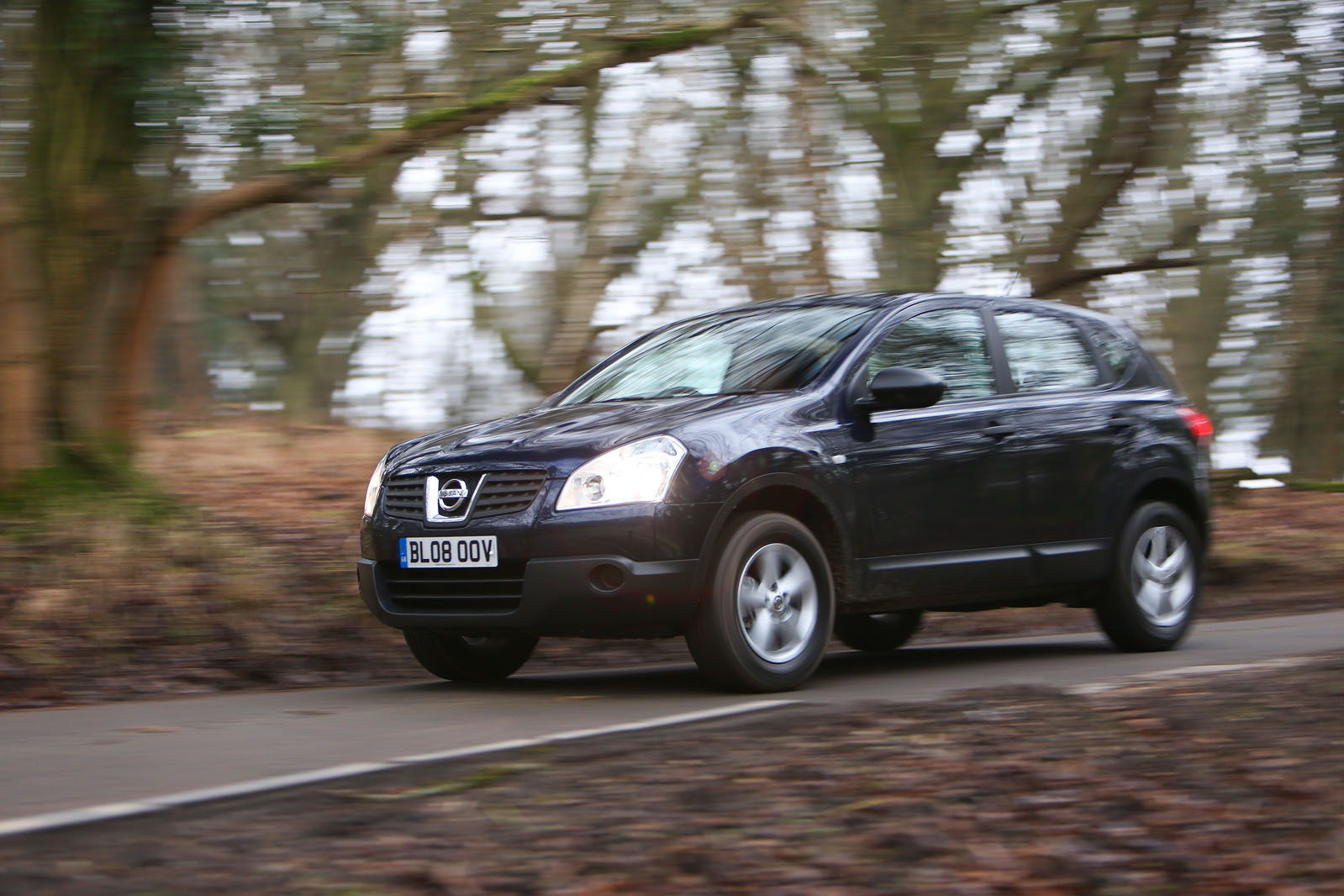
The new version threw off the eaten-too-many-pies look, sported tail-lights as big as salad bowls and came with excitements such as shopping bag hooks, a loadsecuring net and more in-cabin nooks and crannies than a Cheddar Gorge cave.
It was also pretty tidy in the chassis department and had no serious flaws other than a rear leg room shortfall. However, the big problem was that it didn’t have the brand and showroom appeal of the Volkswagen Golf and Ford Focus.
Once again, Nissan was left wondering how it would ever enjoy the heady success it had seen in the UK during the 1970s, when the Cherry and Sunny regularly appeared among Britain’s top 10 best-sellers.
Nissan’s Focus-chasing sales goals were receding like the unreachable refuge of a chase nightmare. But despite that, the company was masochistically lining itself up for a third pop at an Almera bullseye.
During 2002, its designers and engineers were hard at it, as product planning chief Pierre Loing recounted a couple of years later. But Ghosn, by now steering a robustly recovering Nissan, cancelled the programme in December.
“Merry Christmas!” was Loing’s understandably bittersweet reaction to this news. Despite binning a heap of work, Loing knew that Ghosn was right.
The next problem was how to conceive a car decisively more appealing than a shopping hookkitted Almera. The Ghosn way is not to stare at a blue sky waiting for a vision but to get down and understand what customers might want, using plenty of research and analysis.
What that turned up was that the C-segment in which the Focus, Golf and Almera were competing was already fragmenting towards MPVs and four-wheeldrives.
Further delving uncovered signs that punters didn’t necessarily need the absolute versatility of an MPV, and that while they liked the chunkily adventurous, high-riding demeanour of a four-wheel-drive, they didn’t want the bulk and complication of the breed.
So perhaps there was something in between. From today’s perspective, it seems a fairly modest leap to deduce this, but in the early 2000s, it was only a research-backed hunch.
“The Qashqai has a distinctive flavour born out of the theoretical buyer’s emotional and functional needs,” explained product planner Etienne Henry in 2005. And at that point, two years before project P32L was ready to go on sale, the Nissan Qashqai buyer really was only theoretical.
“Back in 2007, the introduction of the Qashqai was a risk,” says Nissan’s vice president for Europe, Paul Willcox.
“It was defining a new segment that didn’t exist and therefore we were uncertain as to what the reception would be. But it’s been unbelievable, from launch right the way through to today. We have won many press awards, the industry has followed our lead and every competitor has brought a crossover into the segment.
“It’s clear that consumers love the Qashqai. You can tell that from the number we’ve sold. We’re selling 250,000 cars a year, every year, and there’s no sign of a decline in demand, which is remarkable.”
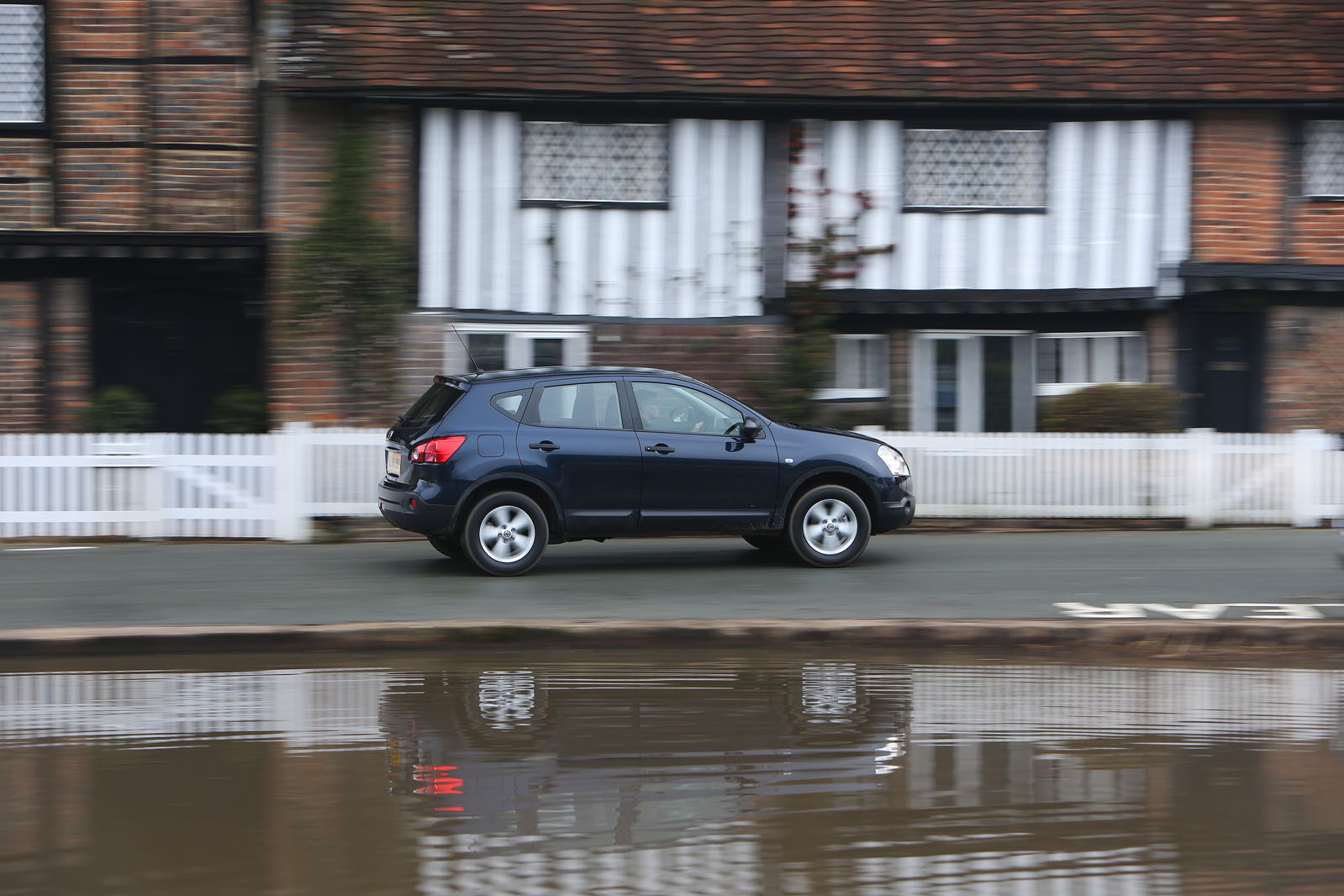
It may be a Nissan chief telling it, but the numbers say he is not wrong. Since the model’s launch in February 2007, Nissan has sold more than 3.3 million Qashqais of both generations in 137 countries.
Of those, 2.3m were bought in Europe, its primary market, and 261,429 in the last year alone. For many, the Qashqai makes a stage in people’s motoring life more palatable than it would have been in the days when frumpy MPVs and rattling estates were the only choices.
Some of this writer’s neighbours are a case in point: before kids, a BMW 320d Coupé occupied the drive; after kids, it’s a Qashqai.
“When the Qashqai launched in 2007, it was unique in the market,” says Willcox. “It has remained as the number one crossover because it has stayed true to its original ideals and because we have consistently added technology through the car’s life.”
Nissan’s Sunderland plant has played a huge role in the Qashqai’s success, this factory being the primary supplier. By the end of 2016, it had produced 2,655,551 of the 3.3m global total.
Of those, 1,752,232 were examples of the original model, including the seven-seat Qashqai +2. Not only has the UK produced most Qashqais, but much of the creative design and engineering work was carried out in the UK, too.
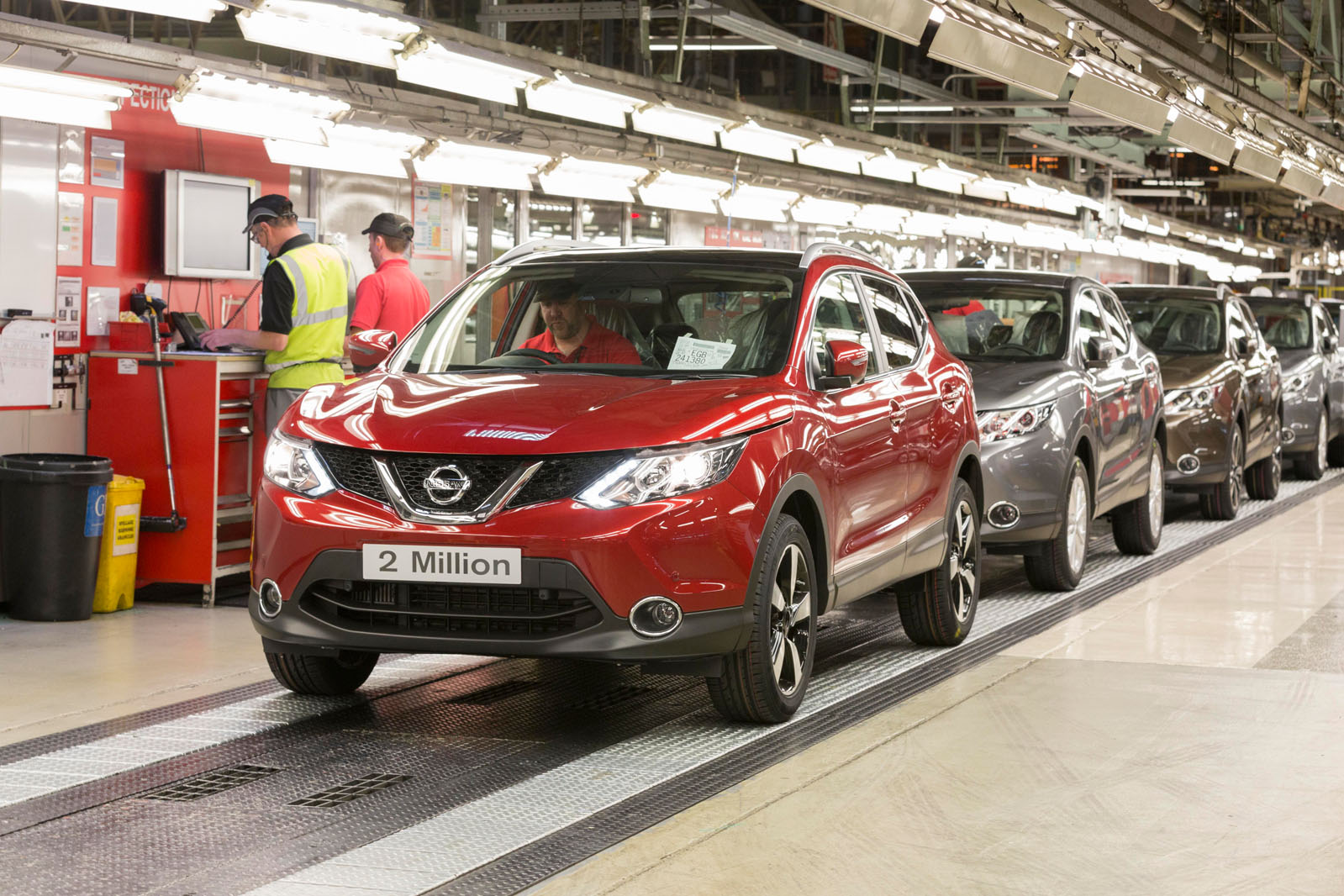
Of the 200 people who worked on the original car, 80% of them were UK-based, although their task was somewhat eased by the use of an existing platform.
By the time the second-generation Qashqai was under development, there were 500 people on the project at Cranfield and it has helped propel Nissan’s European R&D centres towards a 50% increase in staff.
By the end of 2015, sales of SUVs reached a landmark in Europe, outselling superminis and small hatchbacks for the first time. Many models contributed to this, but there can be no doubt that the Qashqai lit the fire of growth.
These days, this quietly accomplished crossover seems a bit ordinary. But count that as another measure of its success: the best ideas are the ones that take root so deeply that they become the norm.

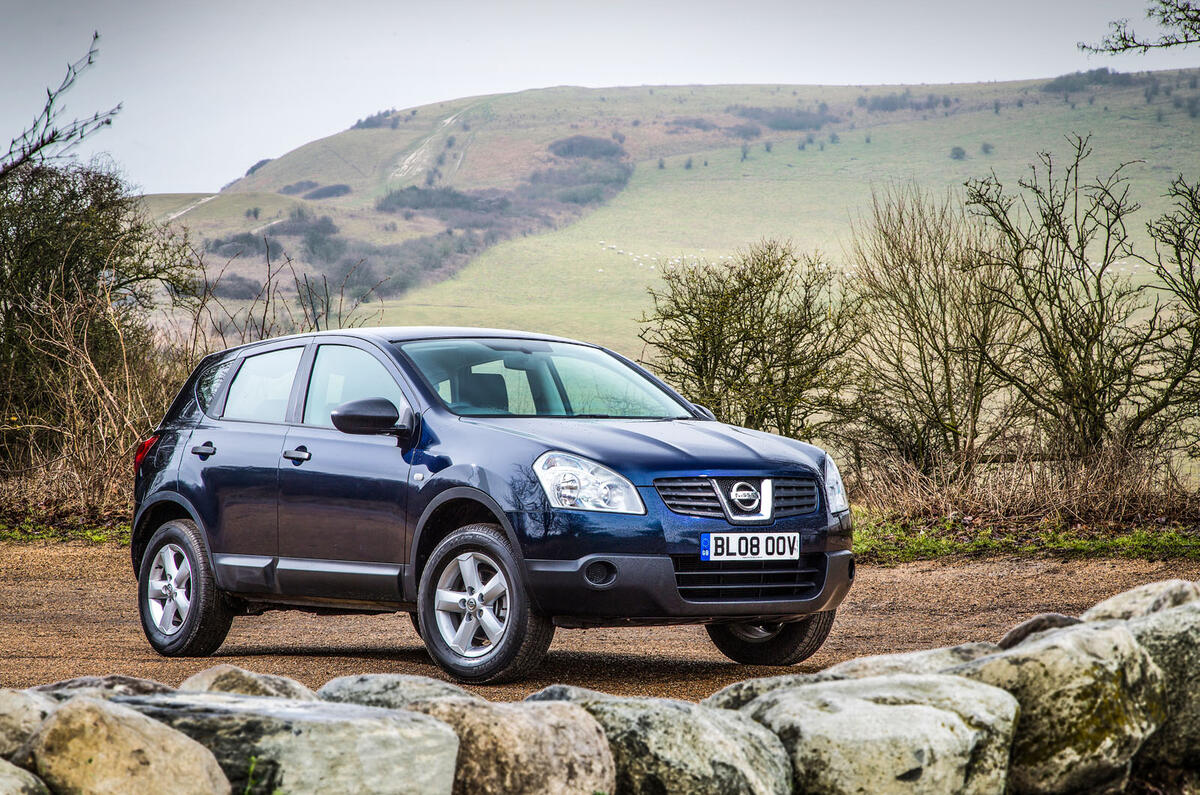
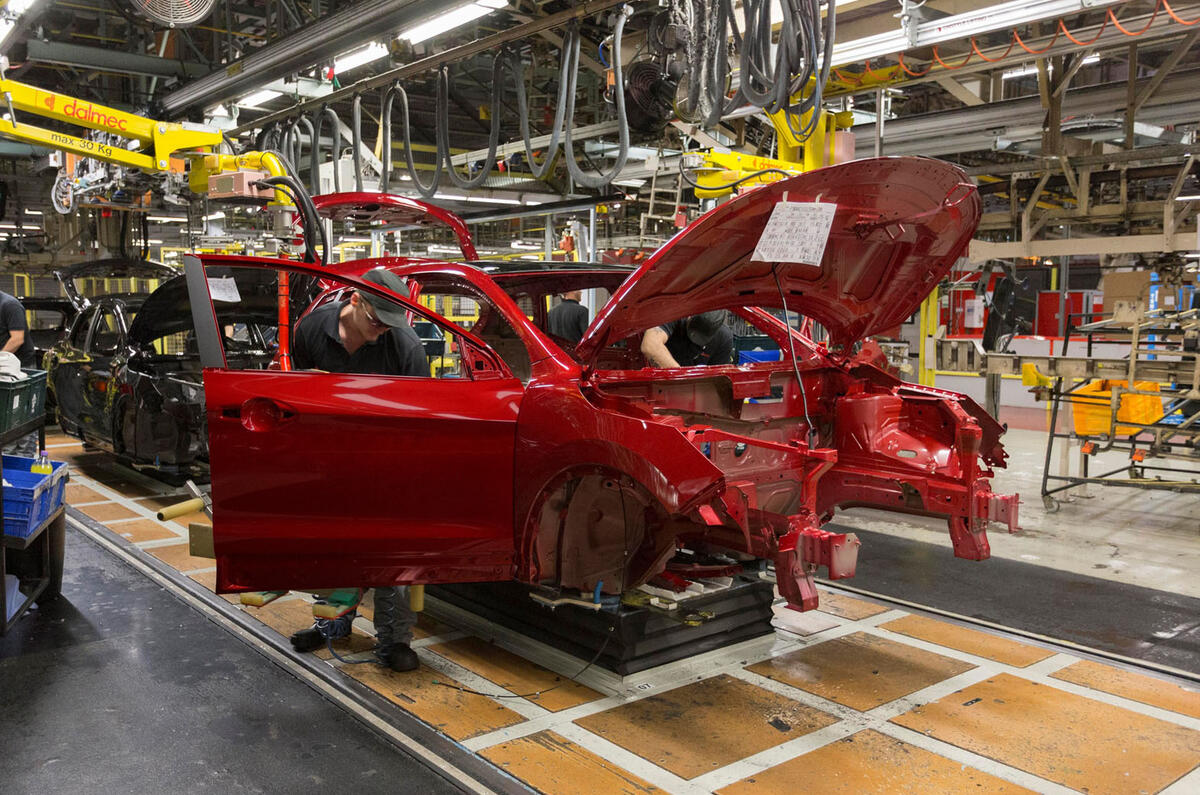
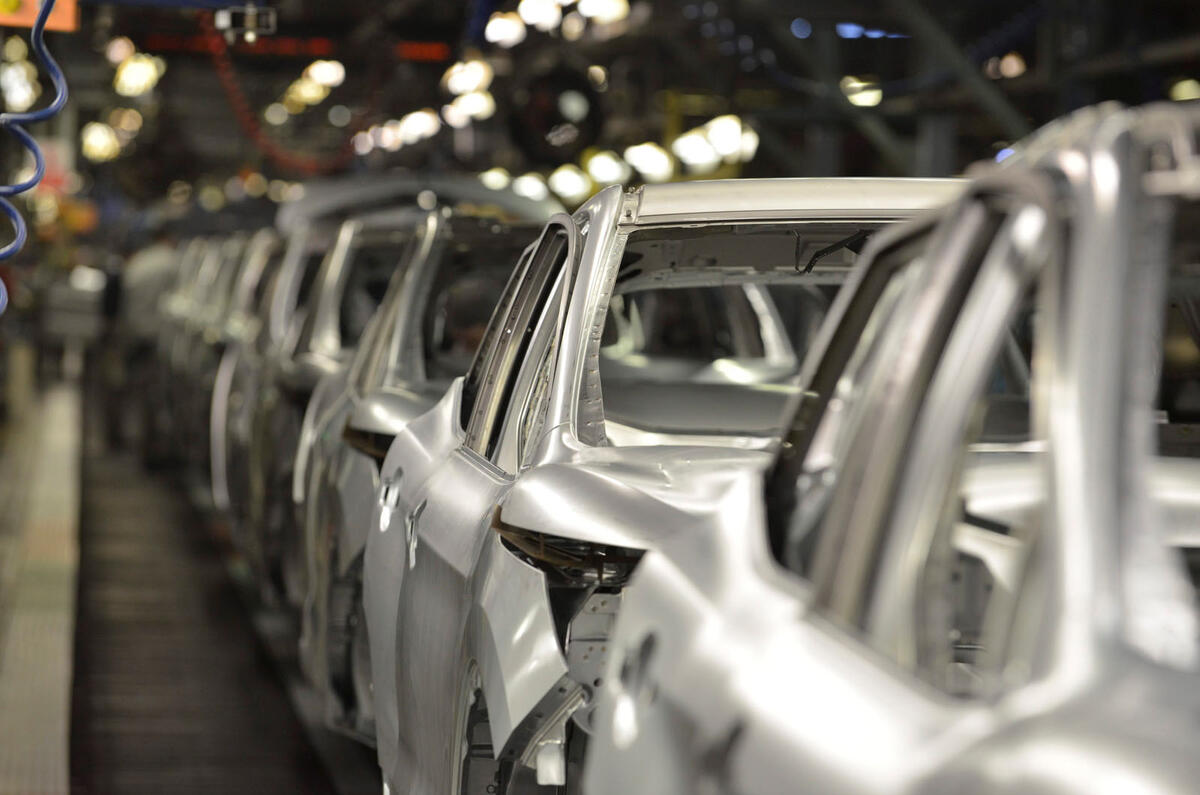
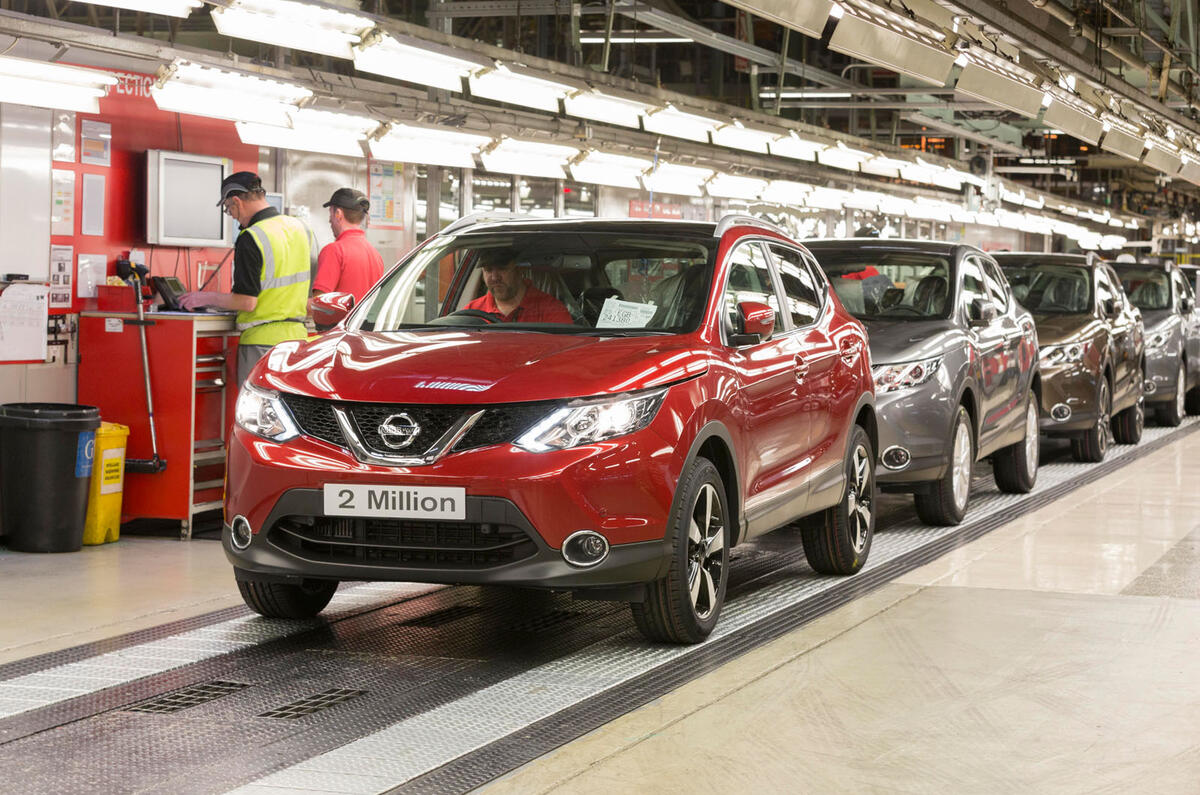
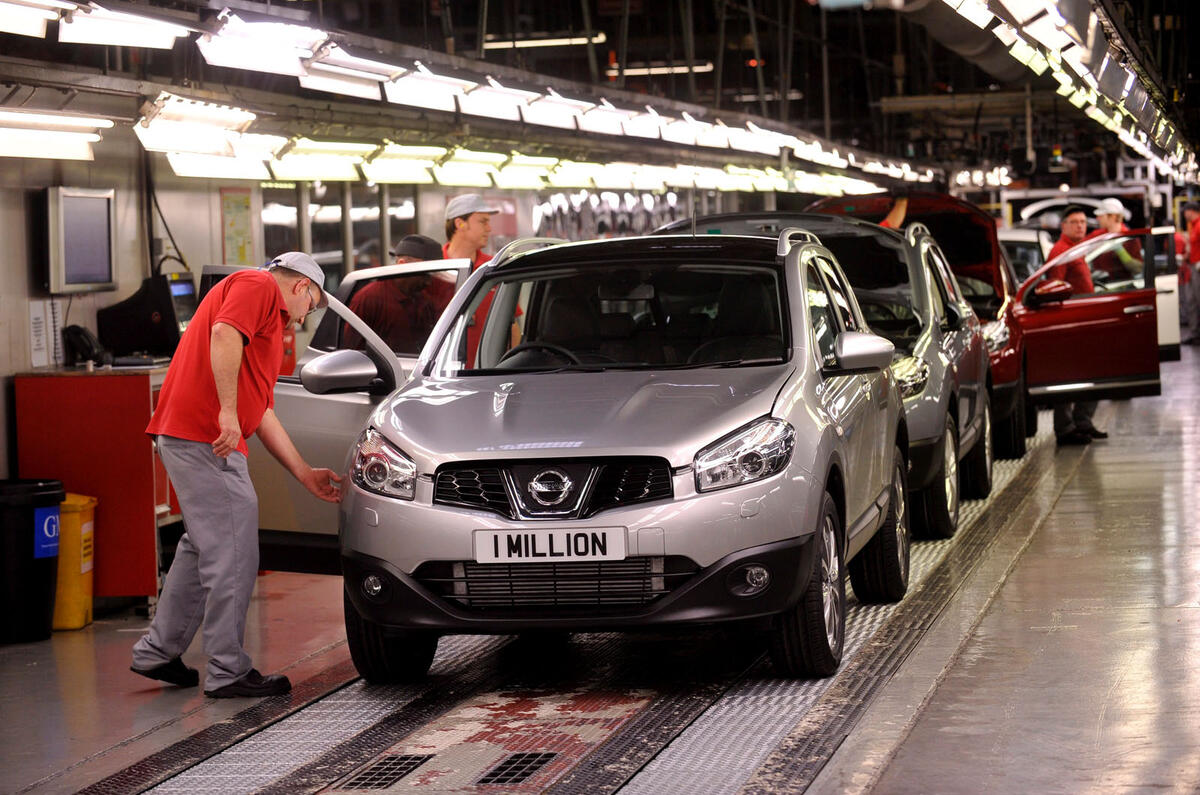

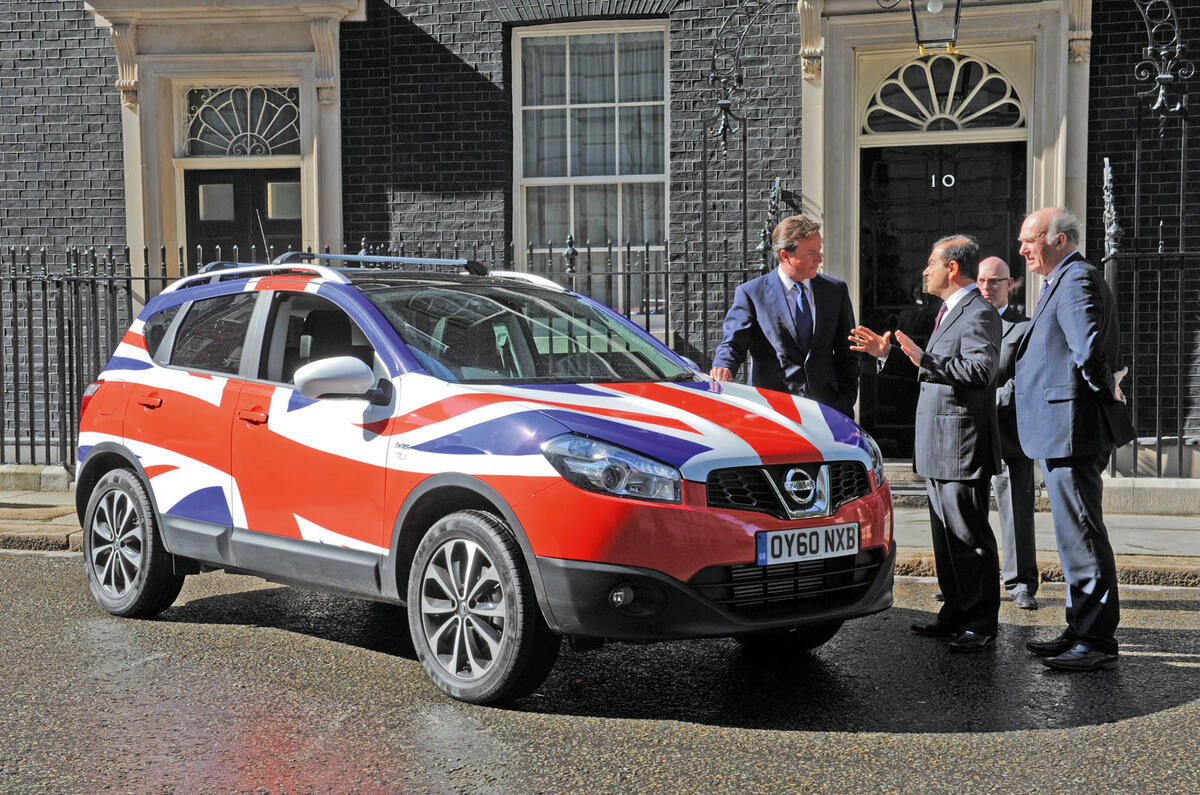
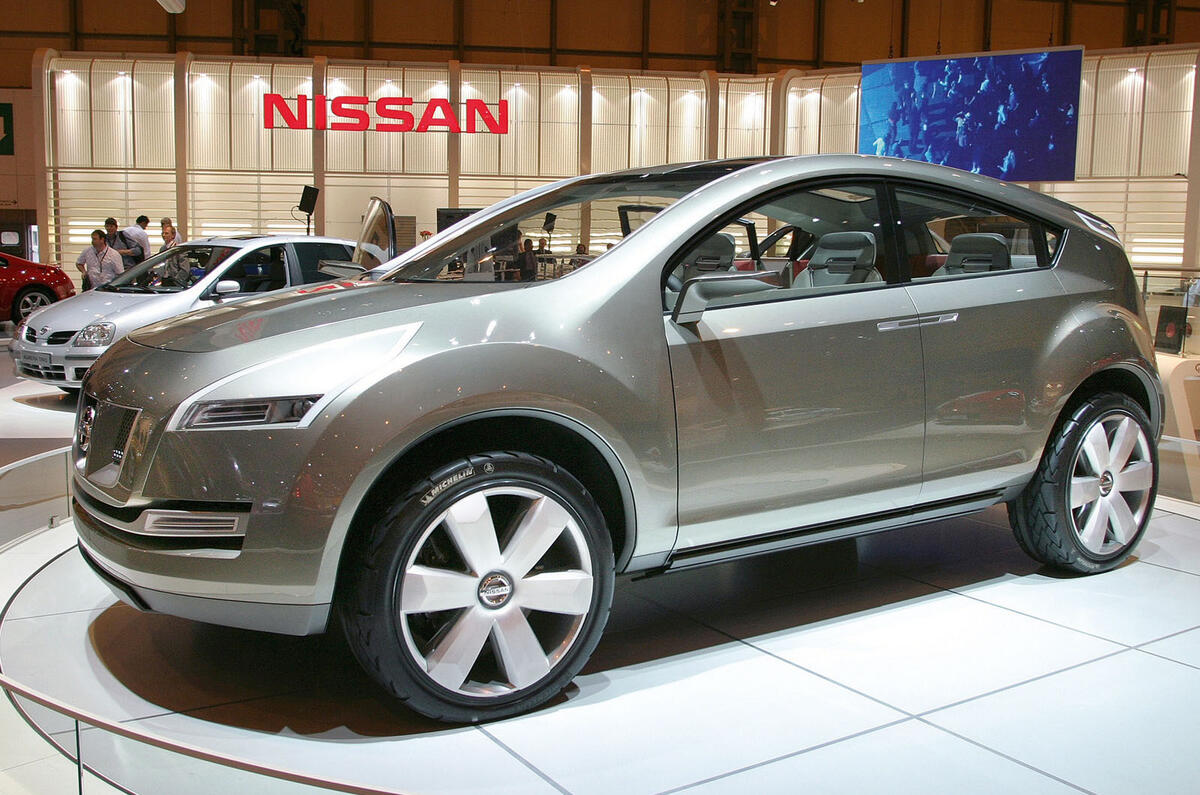
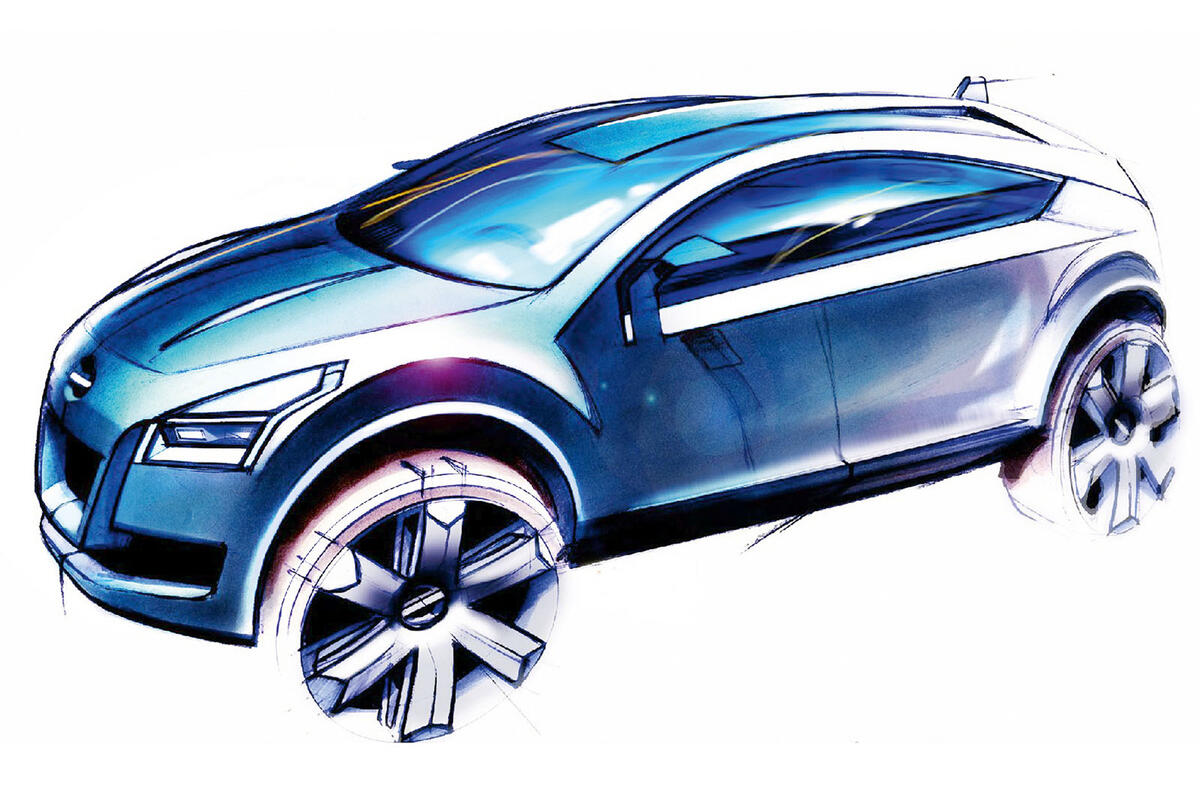
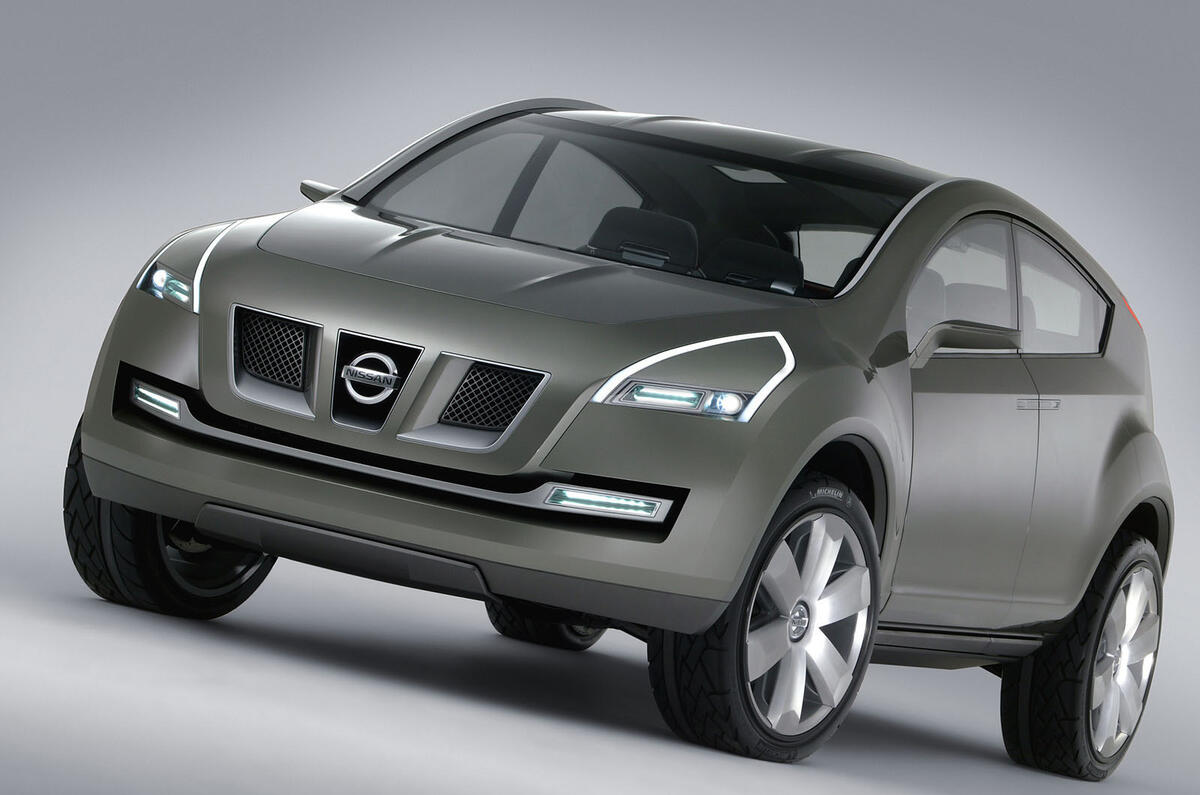
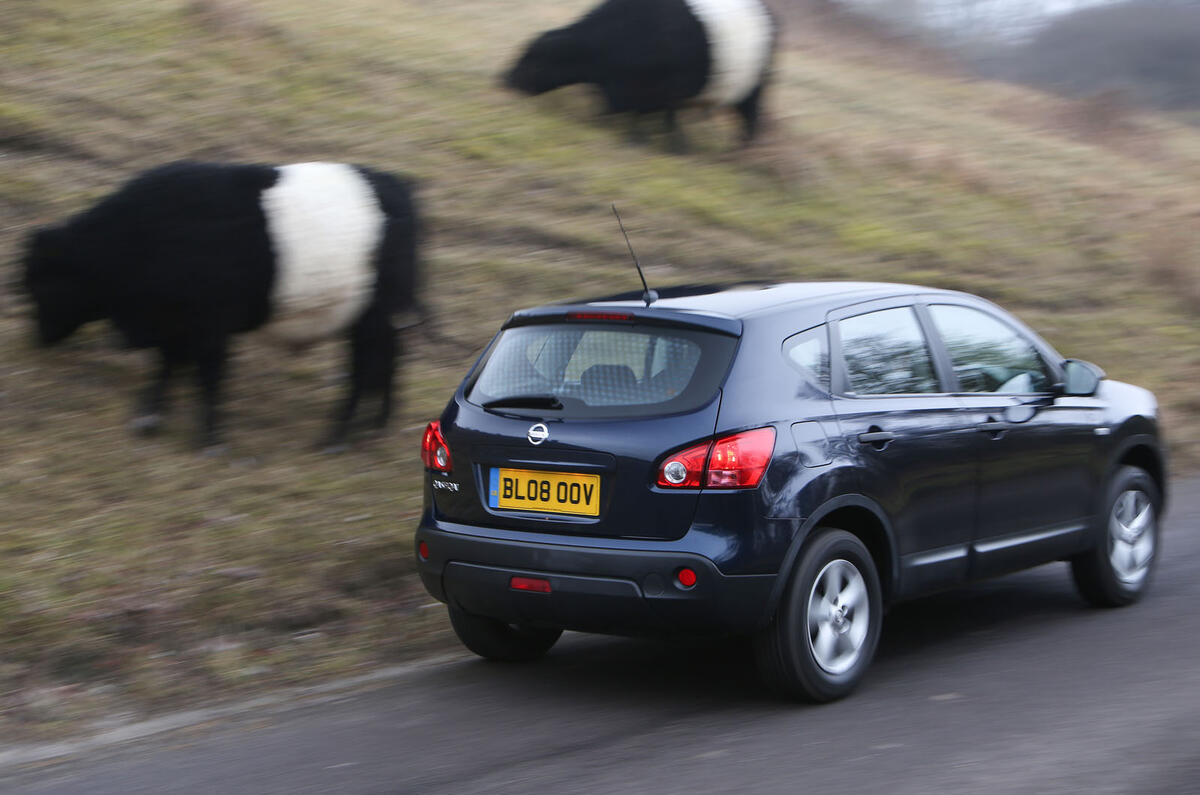
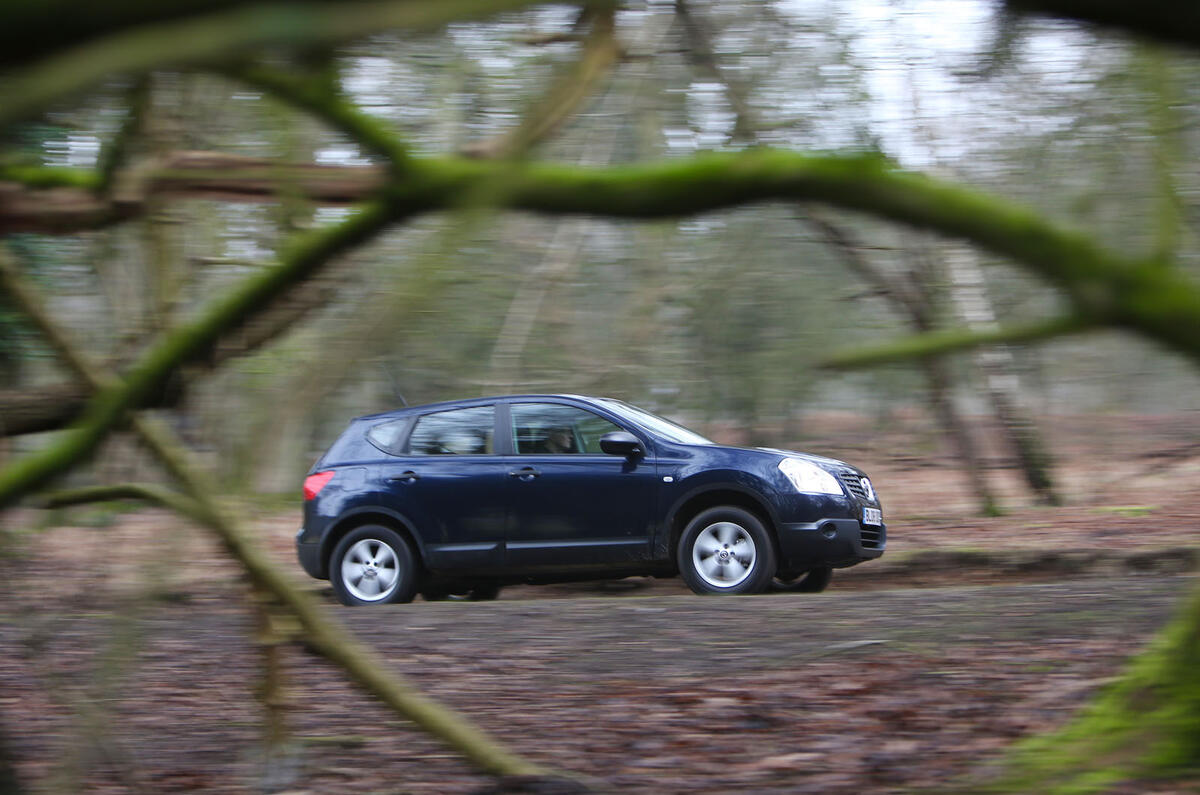
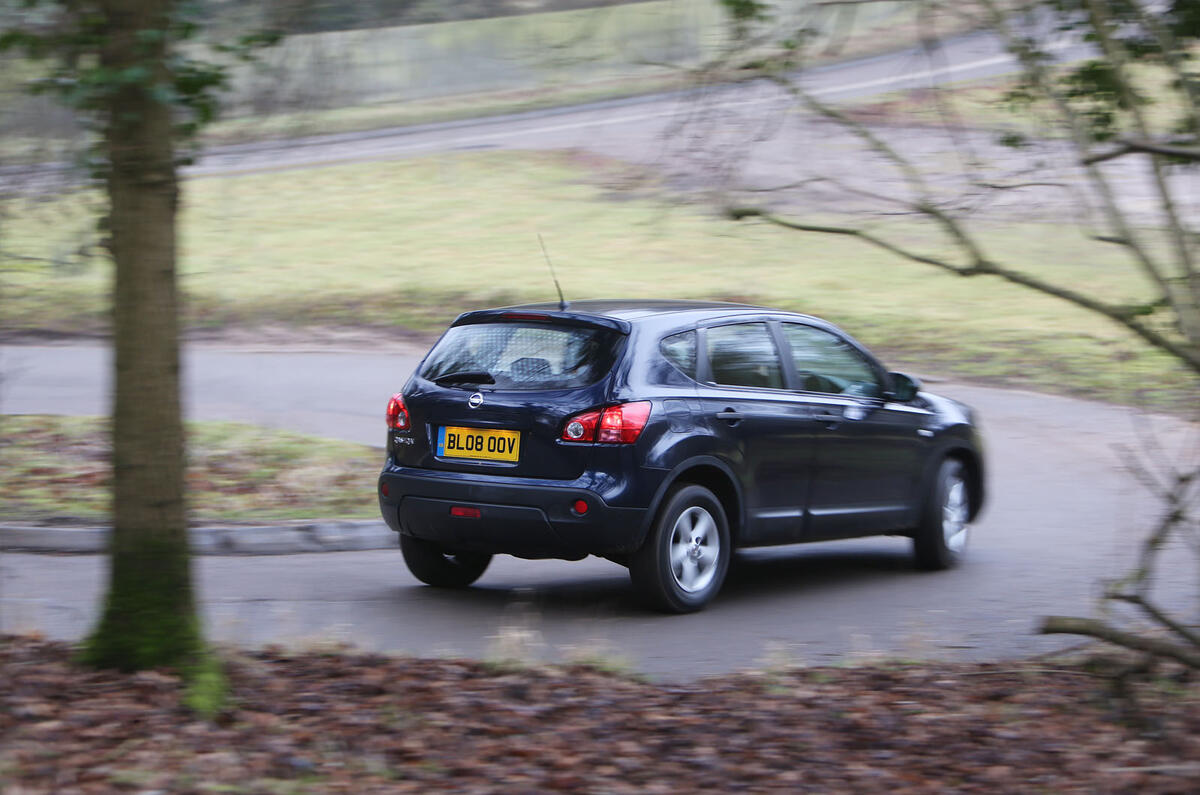
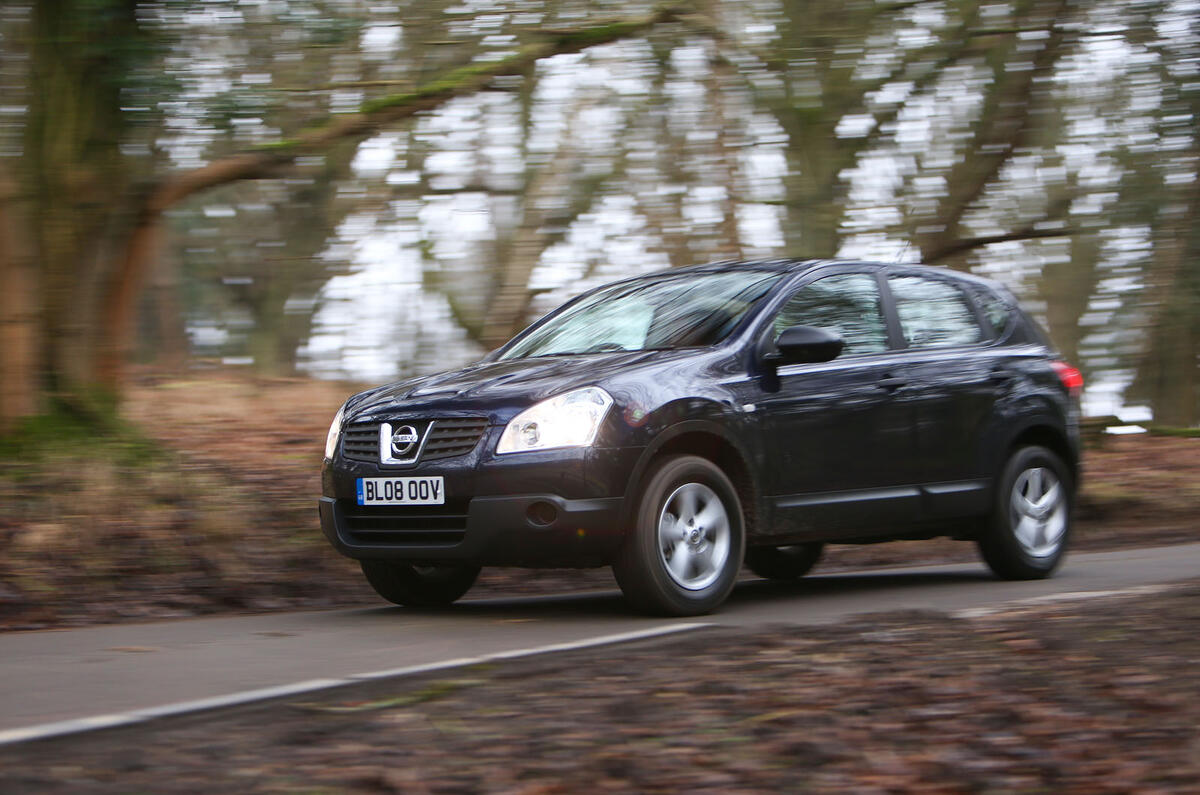

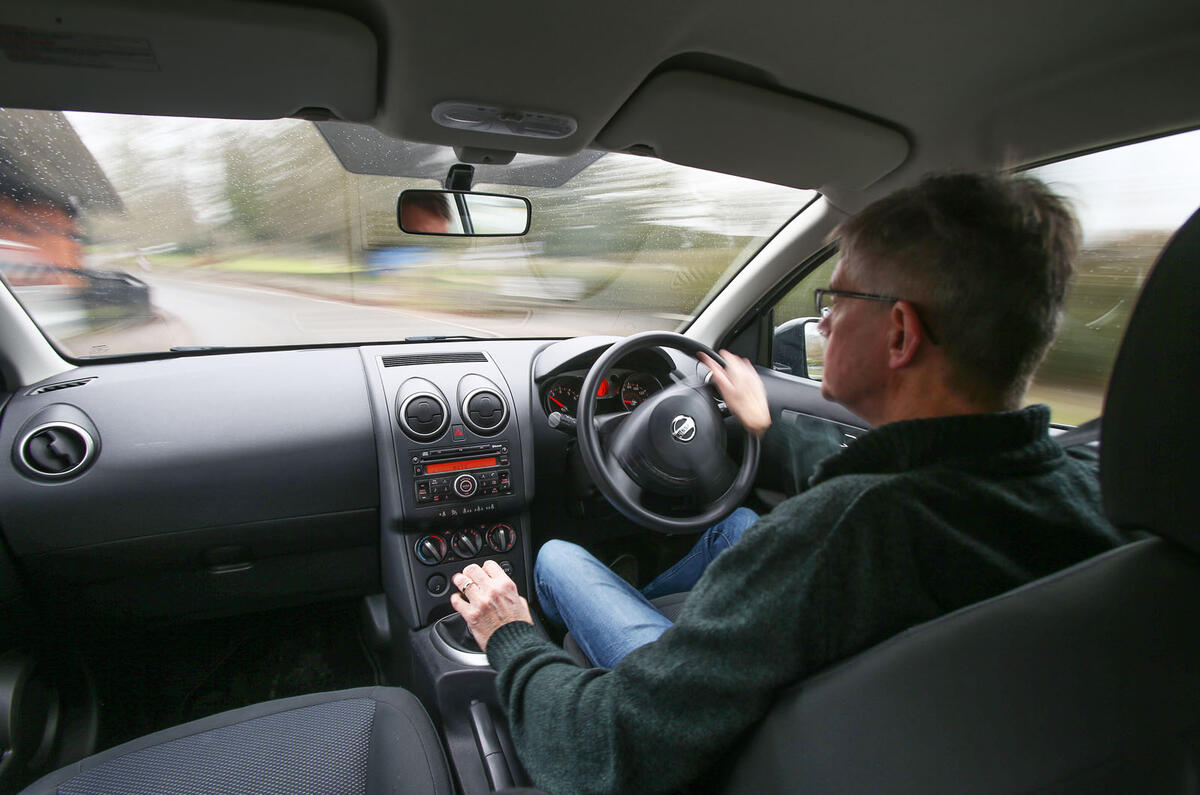
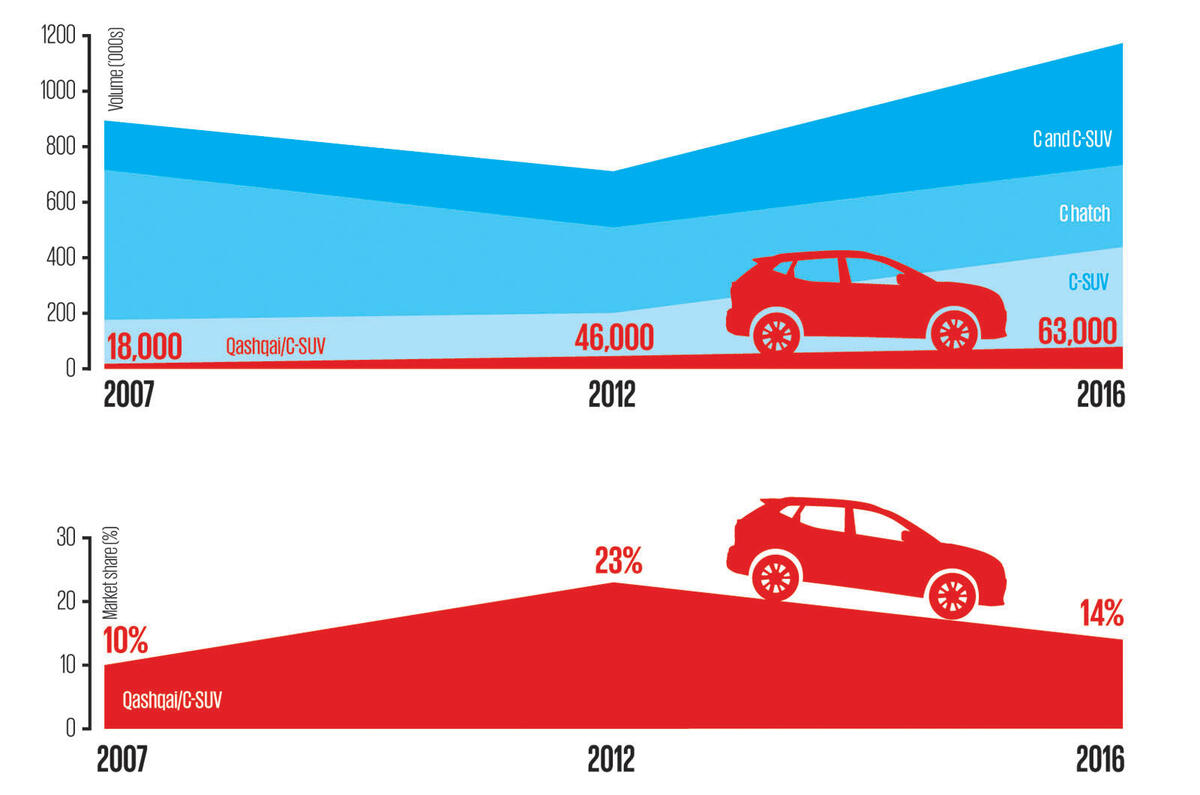

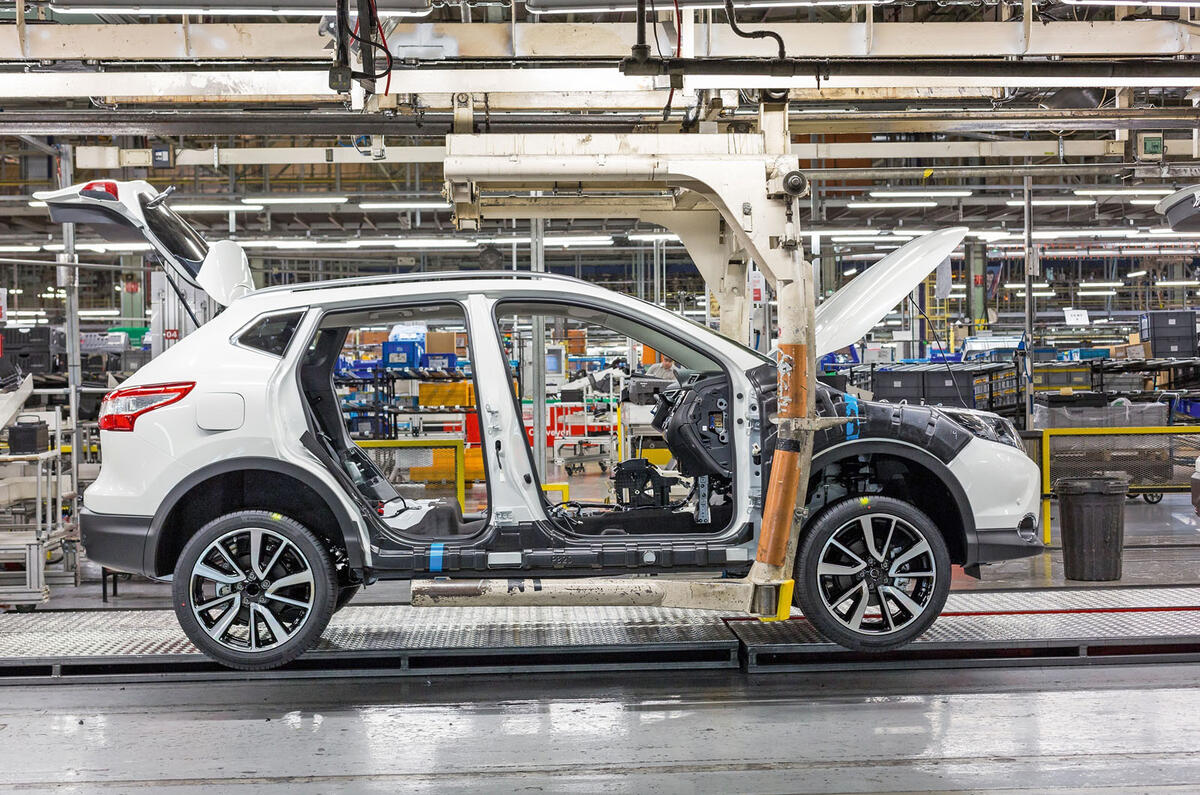
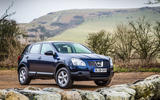
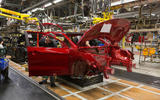
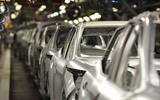

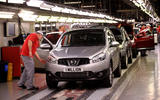
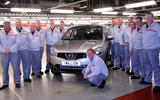

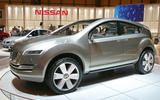
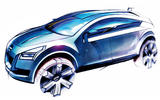


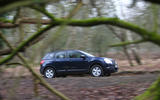
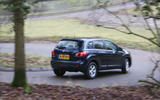
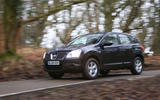

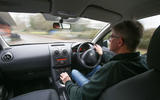
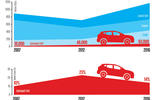
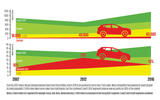
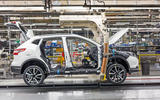


Join the debate
Add your comment
HRV was the original crossover
Matra Simca Rancho was 30
Seriously?